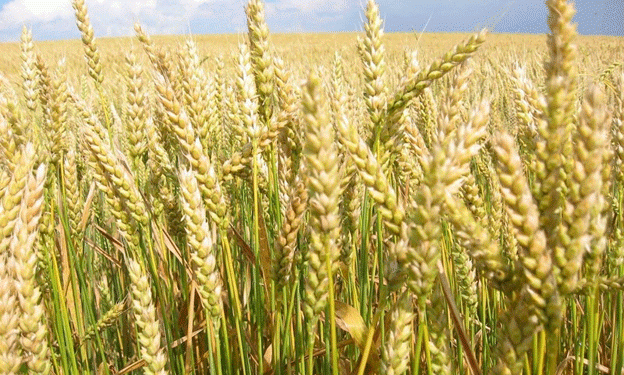Russia, one of the largest global grain exporters, has announced significant increases in export duties for wheat, barley, and corn. Starting December 25, 2024, the wheat export duty will rise by 15.3%, reaching 4,768.7 RUB per ton compared to the previous 4,136.5 RUB per ton. Similar increases apply to barley, now taxed at 2,781.8 RUB per ton, and corn at 4,894.8 RUB per ton. These new rates will remain effective through January 12, 2025.
The Floating Tariff Mechanism
Introduced in June 2021, Russia’s floating tariff system adjusts export duties weekly based on export contract prices registered on the Moscow Exchange. This mechanism, also known as the grain damper, aims to:
- Mitigate price volatility in global markets.
- Channel revenue from duties back into subsidies for domestic agricultural producers.
The calculation formula applies 70% of the difference between the indicative export price and a base price. In June 2023, the base price for wheat was raised to 17,000 RUB per ton, and from June 28, 2024, further increased to 18,000 RUB per ton. Similar adjustments were made for barley and corn.
Impacts on Agriculture
- For Russian Farmers:
- Subsidies: Revenues from the duties are reinvested into the domestic agricultural sector, potentially improving productivity and competitiveness.
- Export Challenges: Higher duties may reduce international competitiveness for Russian grains, potentially leading to stockpiling or shifts in trade flows.
- For Exporters:
- Cost Increase: Rising duties make Russian grain exports more expensive, which may affect global demand and profitability for exporters.
- Market Adaptation: Exporters may need to renegotiate contracts or explore alternative markets to maintain trade volumes.
- For the Global Market:
- Russian wheat’s indicative price increased to $240.4 per ton this week from $236.5, signaling potential price inflation in international markets.
- Other major grain producers, like the U.S. or Ukraine, might gain a competitive edge as buyers diversify sourcing.
Key Trends in Indicative Pricing
- Wheat: $240.4/ton (+1.65%)
- Barley: $202/ton (+2.12%)
- Corn: $230/ton (+0.43%)





